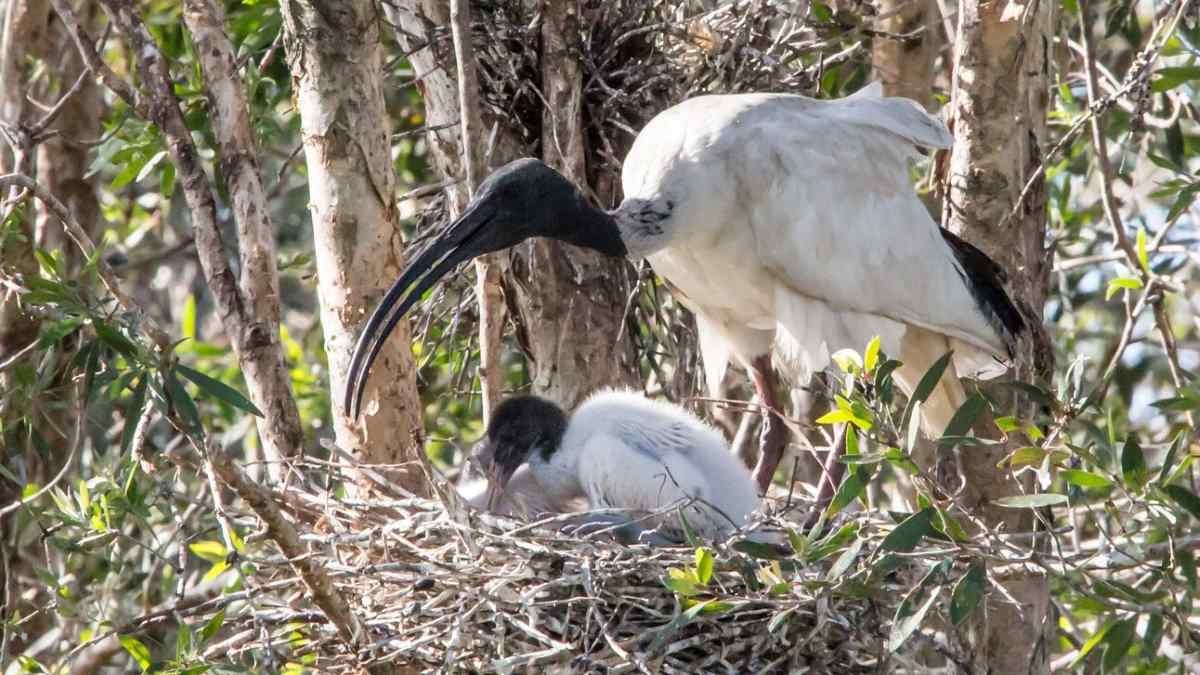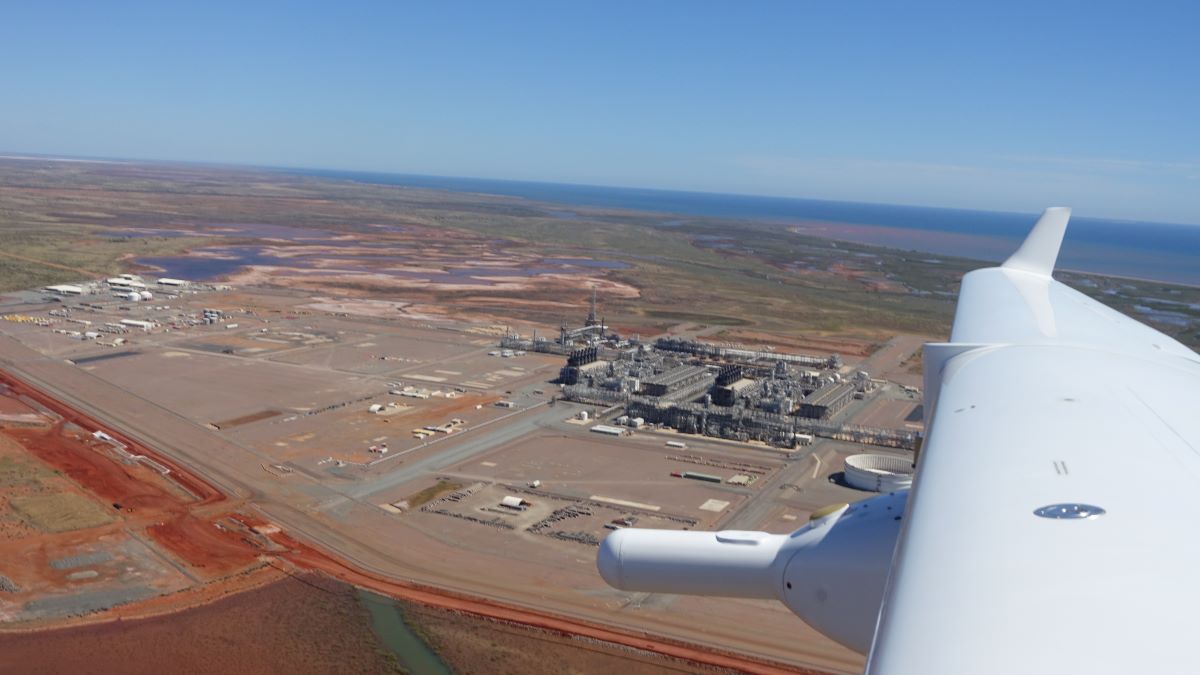Scientists have confirmed it: ibis like to live near rubbish.
A study has found that Australian white ibis (Threskiornis moluccus, or more familiarly, ‘bin chicken’) are more abundant within 10km of waste management facilities in the Moreton Bay region of Queensland.
“We were definitely expecting that,” says Caitlin Willis, a doctoral student at the University of the Sunshine Coast.
Willis is first author on a paper published in Urban Ecosystems.
The researchers were asked by the Moreton Bay Council to investigate ibis colonies in the region.
“So many ibis in the past few decades have moved from out west in wetlands, like the Murray Darling Basin, up to our coastlines,” Willis tells Cosmos.
“Because of this, there’s been quite a bit of human-animal conflict. So the council really wanted to be able to track ibis and their nests so that they can better implicate their management techniques.”
Co-author Dr Ben Gilby, an associate professor in animal ecology at the University of the Sunshine Coast, says habitat decline inland has led ibis to seek out coastal and urban homes.
“As well as complaints about their noise and odour, and even stealing food from humans, nesting colonies can degrade habitats, smother vegetation, cause erosion, pollute waterways and compete with native species for space,” says Gilby.
“Few management interventions have so far been successful, and that’s why this research project to better understand the conditions driving ibis habitat selection is so important.”
The team surveyed 26 ibis nesting sites in the region, using a council dataset that had recorded ibis colonies for a decade.
“These nesting sites were mainly from reports from the public,” says Willis.
As well as finding the birds preferred living near (although not in) waste management facilities, the researchers found that ibis were more abundant at sites with short trees (less that 10m high), and close to residential or industrial estates (less than 60m away).
“We’re really impressed with their willingness to nest in such large colonies so close to humans; it shows how adaptable ibis really are,” says Willis.
“It’s not something we see with many Australian natives.”
Ibis nests occurred most frequently on water-bound islands with dense tree cover (more than 0.5 trees per metre).
“Surprisingly, considering how many ibis choose to live near people and enjoy the benefits of scavenging their rubbish, our study found they still prefer to nest in locations with some buffering from people,” says co-author Dr Dominique Potvin, an ecologist at the University of the Sunshine Coast.
“The findings highlight the need to focus on both foraging and nesting/roosting sites, and minimising the proximity between them, rather than the current preferred form of solely managing nesting colonies through measures that include egg destruction.”
Willis says that ibis could be drawn away from urban areas by “restoring wetlands in ways that would be attractive to ibis, like having low lying and dense vegetation, with a low tree species richness”.
Cutting the birds off from their food – by restricting access to waste management facilities – is another important way to manage them.
“Waste management facilities are very attractive to ibis, and other bird species as well, as the food resources there are so stable and abundant. Whereas, compared to natural resources that change with the seasons, they’re not as available for bird species,” says Willis.
Given this, is ‘bin chicken’ a reasonable moniker?
“I think it’s fair in the sense that they definitely do congregate around waste management facilities,” says Willis.





















Discussion about this post